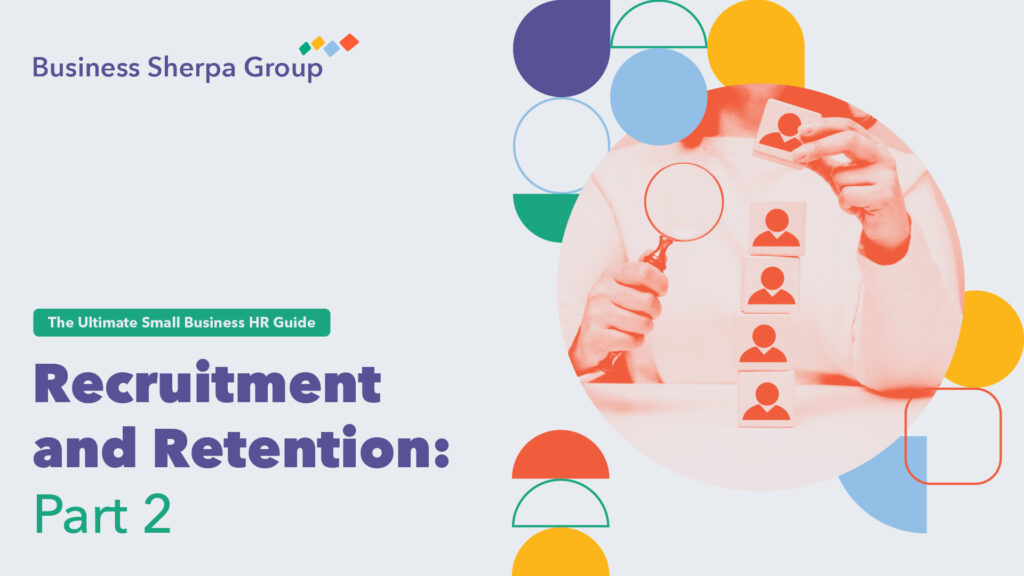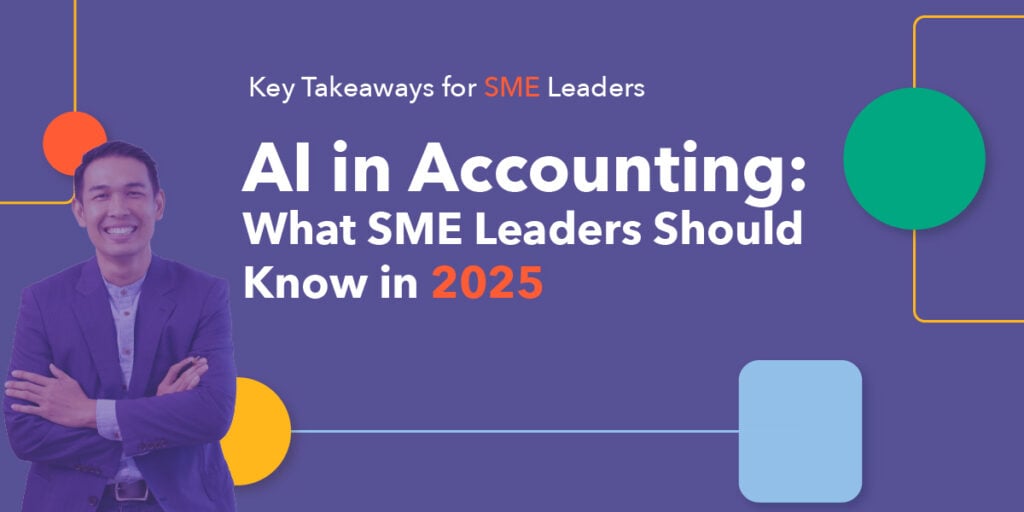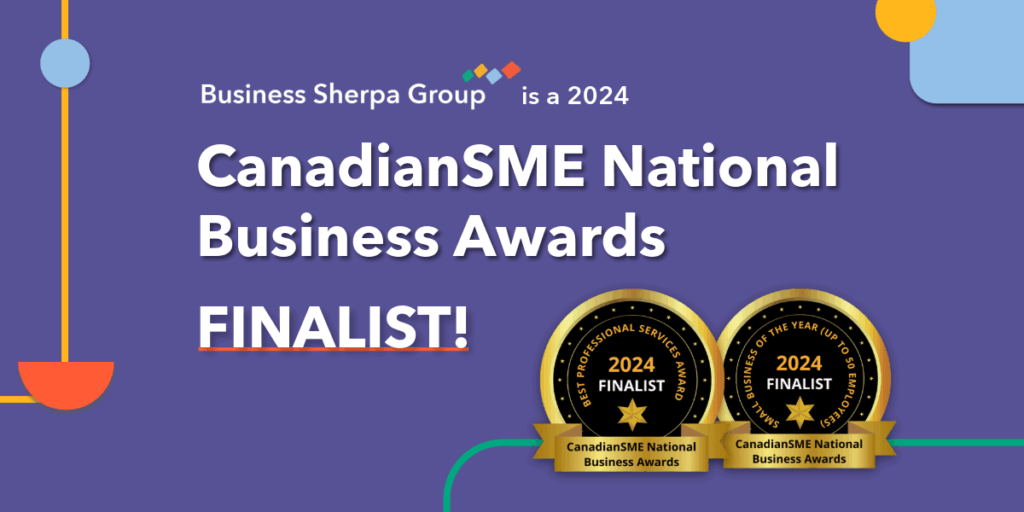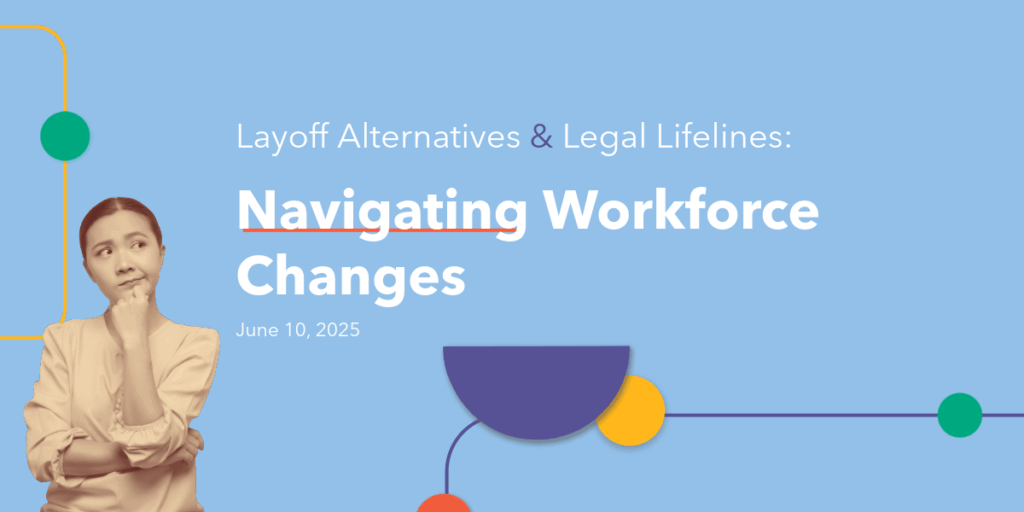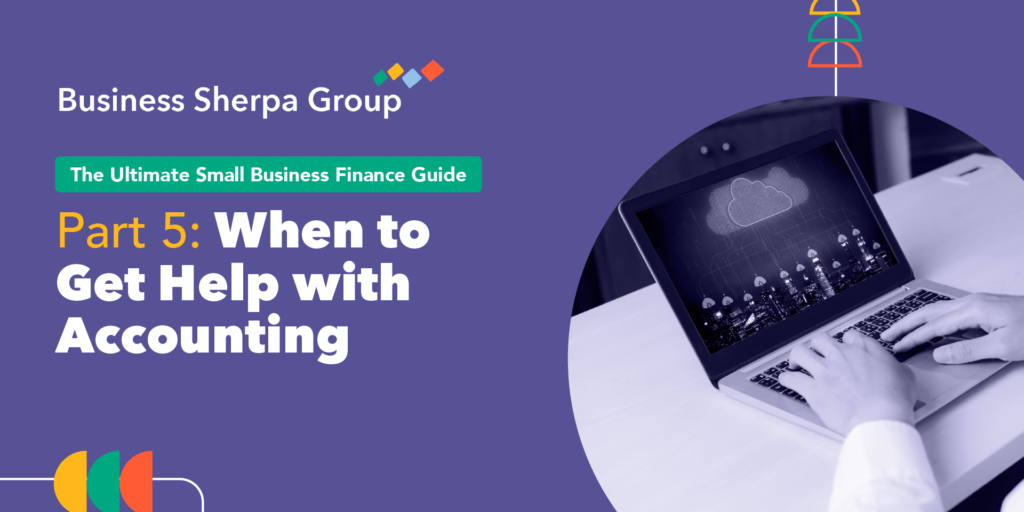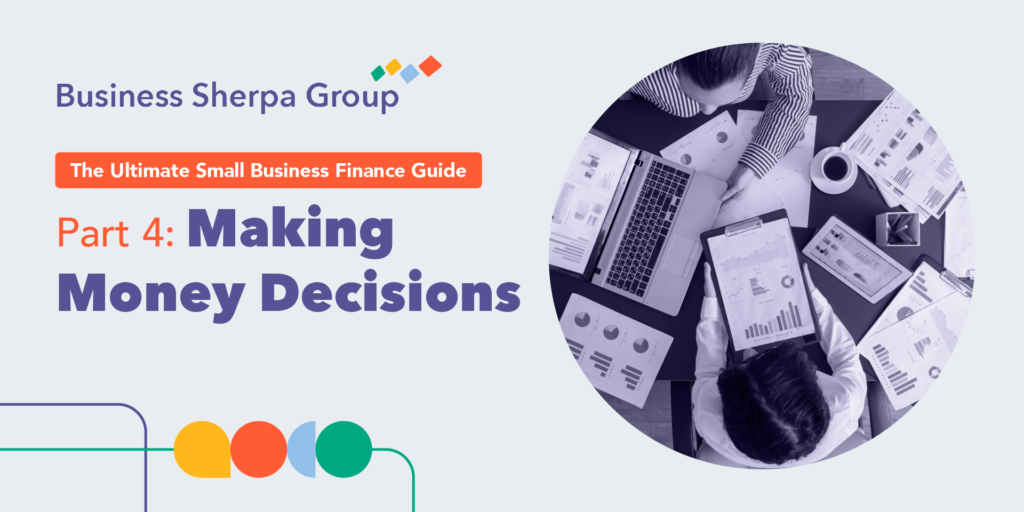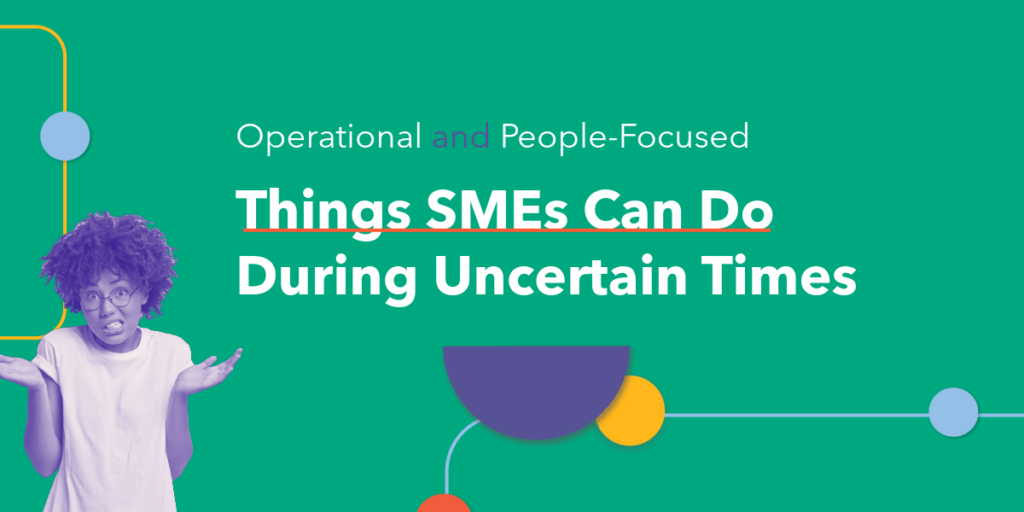The workforce today spans from Baby Boomers to Generation Z – and each generational group brings a unique set of challenges, skills, expectations, and needs. To understand and harness this multigenerational diversity, HR departments rely on practical insights to help employers effectively recruit, onboard, and help them achieve their top work performance.
Keep reading for successful onboarding and supporting employee strategies – seen from a generation lens – including what they need to develop their careers, and how you can design your workplace to help everyone feel supported and drive organizational success.
Our next series will be dedicated to recruitment – so keep an eye out if you’d like to learn even more. Series launces in November of 2024!
Understanding Employees by Generation
Employees change throughout each generation and career stage. Addressing everybody’s needs is no simple task, and with many people coming together in one workplace, managers have to meet their workers’ unique needs to successfully onboard and support them. Quickly, here is a look into each generation:
Baby Boomers
Many of this generation occupy higher roles in organizations and are approaching retirement. They tend to have a strong work ethic and prefer working in organizations with more hierarchy, clear job roles, and career paths.
Generation X
These employees are likely in various stages of their careers. They tend to be more independent and self-reliant, valuing work-life balance and flexibility from their employers. While they’re not as likely to stick with one company in their careers, their adaptability is a valued asset.
Millennials
Millennials were the first generation to grow up with the internet and are likely quite tech-savvy. They value a balance between their work and personal lives, seeking out flexible working arrangements and a greater sense of purpose in their work. They also value learning and will seek out chances to grow and develop new skills at work.
Generation Z
Most Gen Z employees are a few years into their first career job or wrapping up in school. They’re highly tech-savvy, growing up with portable electronics and the digital age. They are looking to make a positive impact and contribute to society and seek out organizations that value diversity and inclusion in the workplace.
How to Support Employees When Recruiting
Know Your Target Audience
Consider who exactly you’re trying to hire and why. This helps you adapt to meet candidate needs and ensure they feel welcome. For example, when seeking to hire someone later in their career, they’re likely to respond more positively to discussions about career progression and clearly defined roles. Younger candidates are going to be intrigued by discussions on flexibility and social impact.
Have an Online Presence
A lack of online presence can be a significant drawback when sourcing younger applicants. When individuals search for a job posting, they want to learn more about the organization. Showcase what your organization delivers and communicate your culture through your website and, if possible, social media platforms.
Post Where They Are
If you want to hire people from different backgrounds and age groups, you’ll have to be visible where it counts. Although many younger recruits will scan the internet for information, consider job fairs, career events, industry nights, or networking nights.
Celebrate Uniqueness
Younger generations value diverse and inclusive workplaces, however, they’re also more likely to encounter imposter syndrome. Showcasing that everyone can work at your organization—no matter the background—can help alleviate some of those pre-application fears.
Onboarding Employees
Less than a third of businesses say their onboarding program doesn’t need alterations. While we’re sure their onboarding program is great, businesses that update their onboarding programs periodically are more likely to achieve better results than those that don’t. As demographics and values change, the way you bring people into your organization has to change as well.
Think of orientation and onboarding as two separate events, with the former being a technical rehearsal and the latter being a process. Orientation is often just before or within the first week itself. The new hires are taught processes, provided documents, and given resources they’ll need during the onboarding experience. The result of orientation? Ready to onboard.
Onboarding occurs over time – it takes weeks to months to complete. It is usually specific to the person and the role and helps them use the tools they were given during orientation to do their job well. The result of the onboarding? The employee is now able to contribute.
10 Things to Consider When Creating Your Onboarding Experience
- Focus on Teams: Engage people in teams to immerse them in company culture, point out good practices for success, and promote healthy feedback loops.
- Include KPIs in Training: Clearly outline the objectives and scope of the role, defining success in a qualitative and quantitative fashion.
- Promote Partnerships: Buddy and mentorship plans can help integrate employees. Make sure your employees are matched with someone enthusiastic and dedicated to helping them.
- Department Introductions: To better understand the roles and divisions in your organization, new hires should have the chance to interact with different playmakers in each department.
- Feedback Loop: Employees should be encouraged to give feedback on their experience throughout the onboarding program.
- Build a Support Network: Remote work can easily isolate new employees. Establish a network of people where the employees are free to ask questions and feel more connected to co-workers. 7. Integrate Your Culture: Integrate your mission, vision, and core values early on and reinforce them often with real-life examples of how they are applied on a day-to-day basis.
- One-On-One Meetings: Ensure one-on-one meetings occur with the employee’s manager and other key individuals throughout the organization. This does not need to happen in the first week or month but should occur organically as the new hire settles in.
- Standard Operating Procedures: SOP manuals are crucial for new employees. They allow them to reference people, workflow systems and processes, and other elements to help them in their roles. 10. Periodic Feedback: Set up periodic feedback at critical intervals–one week, one month, three months, one year. No news is never good news. We need to know what we are doing right and what we can do better.
Supporting Employees through Workplace Culture
Your staff are all individuals, and while it is not a perfect science to group them into generational needs, there are trends to be aware of that can help guide how you support your employees. Here are some of the high points to consider with each group:
Baby Boomers
Baby Boomers like to receive praise for their work. They can be resistant to change and need help adapting to new ways of working and changes in workplace culture. However, they also like collaboration on projects, allowing everyone to play to their strengths. They’re likely to be motivated by teamwork and group settings to go the extra mile, placing self-worth in the work they do.
Generation X
Generation X values workplaces that understand the realities of their personal lives, for example, allowing them to go to appointments during work hours. This cohort is more autonomous than the previous, valuing workplaces that give them their independence and the ability to make decisions. They also value direct and transparent communication with their peers and supervisors.
Millennials
Millennials are led by their values and will be looking for workplaces whose culture is also led by their values. They prefer workplaces that offer chances to learn new skills or develop existing ones, where managers offer clear and concise feedback. These desires attract them to workplaces that value diversity and openness, offering more chances to collaborate on projects.
Generation Z
Generation Z likes workplaces that are diverse, inclusive, open, and socially aware. They’re looking to workplace leaders to improve efforts to make the workplace more sustainable and equitable. They want to work in places that let them explore their creative outlets and would like a supportive feedback culture. This generation values flexibility and autonomy more than previous cohorts.
Supporting Employees through Training
Similar to above, there are trends here to be aware of that can help improve your training processes:
Baby Boomers
Baby Boomers are likely comfortable in their roles and would benefit from training that helps them perform them better. They need training to adapt to new processes brought about by technological innovations. They would also benefit from management training, helping them understand the changing needs and values of generations younger than them.
Generation X
Consider the adaptability of workers in this generation. Their willingness to look for work elsewhere means training programs and career opportunities must be carefully considered in a way that values and adapts to their input. Training in leadership skills, like collaboration, problem-solving, and strategic planning, is likely to catch their eye.
Millennials
Seeking a greater purpose in the work they do; millennials are led by discovery and curiosity in the workplace. As a cohort that doesn’t stick at one workplace, they appreciate chances to learn and develop new skills. This cohort would benefit from mentorship opportunities that help them figure out where they want to grow and what they want to learn.
Generation Z
Generation Z has a world of energy and ideas that need unleashing. Training on skills based around critical thinking, communication, delegation, and teamwork, will help them thrive. Their passion for a better society should be supported by chances to learn how to remove bias in the work they do and how to bring about more equitable and ethical work practices.
Conclusion
Different people have different needs, and a mindset that welcomes differences goes much further than a conformist one. The benefits include stronger retention, engaged staff who are more efficient, and a business built on a foundation that can better withstand the ebbs and flows of life. Don’t miss out on our upcoming articles! We’ll be sharing valuable insights on how to foster a thriving workplace culture.
With more organizations realizing the benefits of onboarding and support when the labor market is competitive, human resources experts are stepping up to provide insights into how to transform onboarding and support programs. Our experts are doing this, too, both internally for BSG and for clients across several industries. If your organization needs a second set of eyes, contact us, and let’s get started!

